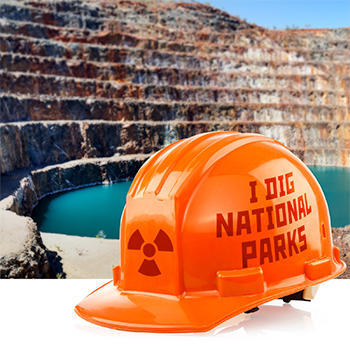
I know firsthand how groundwater and the people who depend on it have been destroyed by the toxic by-products of mining. So I shudder when I read about the prospect of as many as 11 uranium mines being developed in the land surrounding Grand Canyon National Park.
You’d think that if any place would be protected from the consequences of earth movers, slag heaps and potential toxic waste spills, it would be an ecologically sensitive national landmark, not to mention a sacred American Indian religious shrine. But you’d be wrong.
Advocates for protecting the park from uranium mining won a huge victory in January 2012 when the Obama Administration instituted a 20-year ban on new uranium-mining claims, as well as on the development of certain old claims whose rights may have expired.
A District Court judge upheld the ban last month, but the threat to this national treasure is still alive. Not covered in the ban are previously approved mining operations and new projects on claim sites with existing rights. The Bureau of Land Management estimates that as many as 11 uranium mines could be developed under existing rights. One company, Energy Fuels Resources Inc., has announced plans to restart a mine closed in 1986 when the global price of uranium plummeted. The mine lies within the Kaibab National Forest, which borders Grand Canyon National Park and the Havasupai Tribe Reservation.
The company relies on a 1986 Forest Service report to claim its operations are safe. Critics point out rightly that the study is badly outdated and that today’s science would tell a much different story. The Havasupai tribe and three conservation groups are suing to stop the mine from opening.
I’ve been following this story not only as an advocate for the environment, but because I represent residents of Yerington, Nevada in their fight to force Atlantic Richfield and BP to clean up contamination from their mining operations. My clients have been forced to drink bottled water for years because their well water is toxic—filled with highly elevated levels of arsenic and uranium. As their environmental attorney, I can fight for their rights to fair and just compensation for the harm they’ve suffered.
But the conservation groups and the Indian tribe fighting to protect the Grand Canyon’s seeps and springs from uranium pollution are trying to get ahead of the harm – to prevent it from occurring in the first place. They only have to look at Yerington, Nevada to know what they are fighting against.
